-
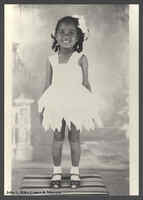
Portraits of children from the Avery Studio in Frenchtown, Tallahassee located on Virginia Street and operated by Joseph H. Avery Jr. Avery captured the African-American community in Tallahassee, more specifically "classy women, zoot-suited men,... persons of distinction" and as seen through this set, children, during the Jim Crow era when rarely other studios provided this service. He moved to Jacksonville in 1950, and later on to Washington, D.C. in the early 1960s, where he became the first Black photographer for the U.S. House of Representatives.
-
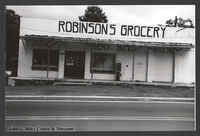
Two images of Robinson's Grocery, a historic African American business located in the Bond Community, Tallahassee.
-
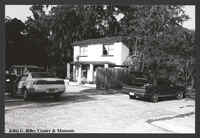
Two images of a historic African-American business, South Adams Club, in Tallahassee. The building was next to the Anderson/Brickler Medical Facility, and South Adams Street was a historical center for African-American businesses adjacent to the FAMU campus.
-
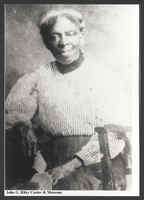
An image of Hannah Vaughn from an unknown date and one of her grandsons, Leroy Burgess, from the 1940s. Leroy served in the Navy in WWII.
-
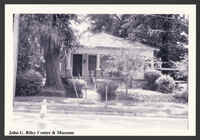
A picture of the Turner Home located on West Call Street, Tallahassee (Fla.) In both images, you can see Lucy and Louise Turner seated on the porch. They were both 98 years old when photographed here in 1999.
-
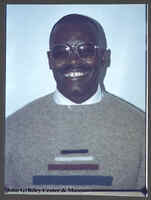
Pictures of Tallahassee Law Enforcement officers. These include: Allan Smith, Tomas [?] Mills, and Sheriff Carl Bennett.
-

A photograph of Mr. Jack Jefferson, who was from the Buck Lake Area in Tallahassee. The photograph was taken in 1996, after which he died in 1998.
-
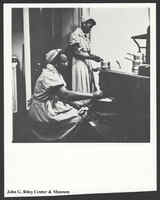
A photograph of Flora Mae Hunter a co-worker at the Horseshoe Plantation in the 1930s. Hunter cooked for the owners of Sunnyhill, Foshalee, and Horseshoe Plantations and wrote the recipe book "Born in the Kitchen: Plain and Fancy Plantation Fixings" (1979) for which she received the 1988 Florida Folk Heritage Award.
-
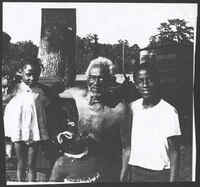
A cropped picture of Grant Jackson from the Hart/Jackson Family Collection. His ancestors spent their early years living among Native Americans, which shielded them from slave owners. After, Jackson acquired and farmed his own land in Miccosukee, and became known as a "medicine man" for his cures using herbs and roots. The photograph also shows him wearing copper around his neck, often worn to relieve arthritis.
-
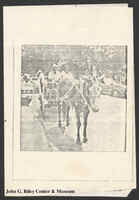
A 1999 reproduction of an older photograph of Lucille Rivers and her husband, Mr. Rivers, from the Hart/Jackson Family Collection.










